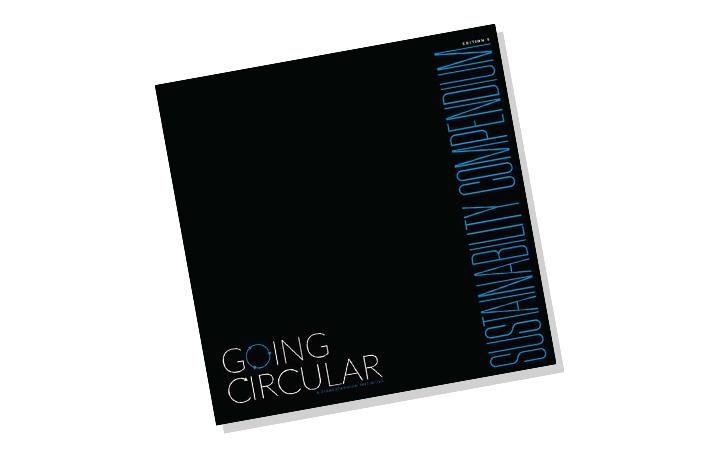
It is intrinsic to the ‘circular/spiral’ system that the more intently a product connects with a consumer, the less waste it generates. A simplistic context: "existing wardrobes are perfect examples of ‘shopping coma’ where a person hardly uses 15–20 per cent of what’s been purchased, resulting in a product life that’s as long as his/her memory. If in his/her memory a product exists, it has a lifecycle. If it’s out of sight, it’s out of mind too, making 80 per cent of the wardrobe just waste," writes Tyagi in an article in the hard bound fifth edition of the Sustainability Compendium - ‘Going Circular’ brought out by Fibre2Fashion.
On the contrary, craft connects naturally between consumers and products, and demonstrate the best use of local resources and adoption of aesthetics derived from deep-rooted tradition and culture of a particular community. If it were to be understood properly by modern industry, the product developed would have a ‘natural connect’ with people, resulting in greater acceptance and less amounts being spent on forced brand-building or the senseless buying of products, says Tyagi in her article 'The spiral effect'.
Pre-order your copy of the Sustainability Compendium V – Going Circular
Fibre2Fashion News Desk (RKS)